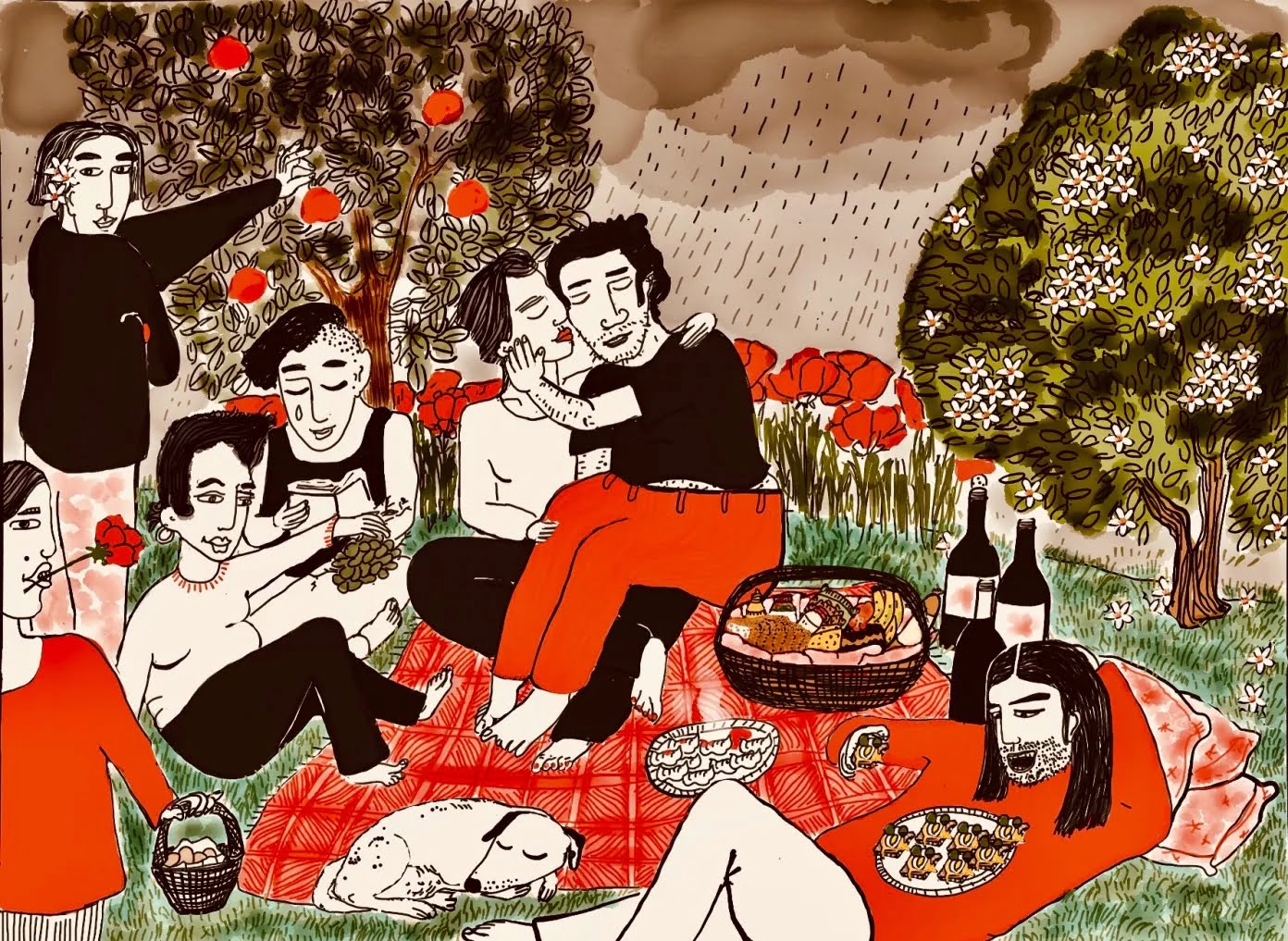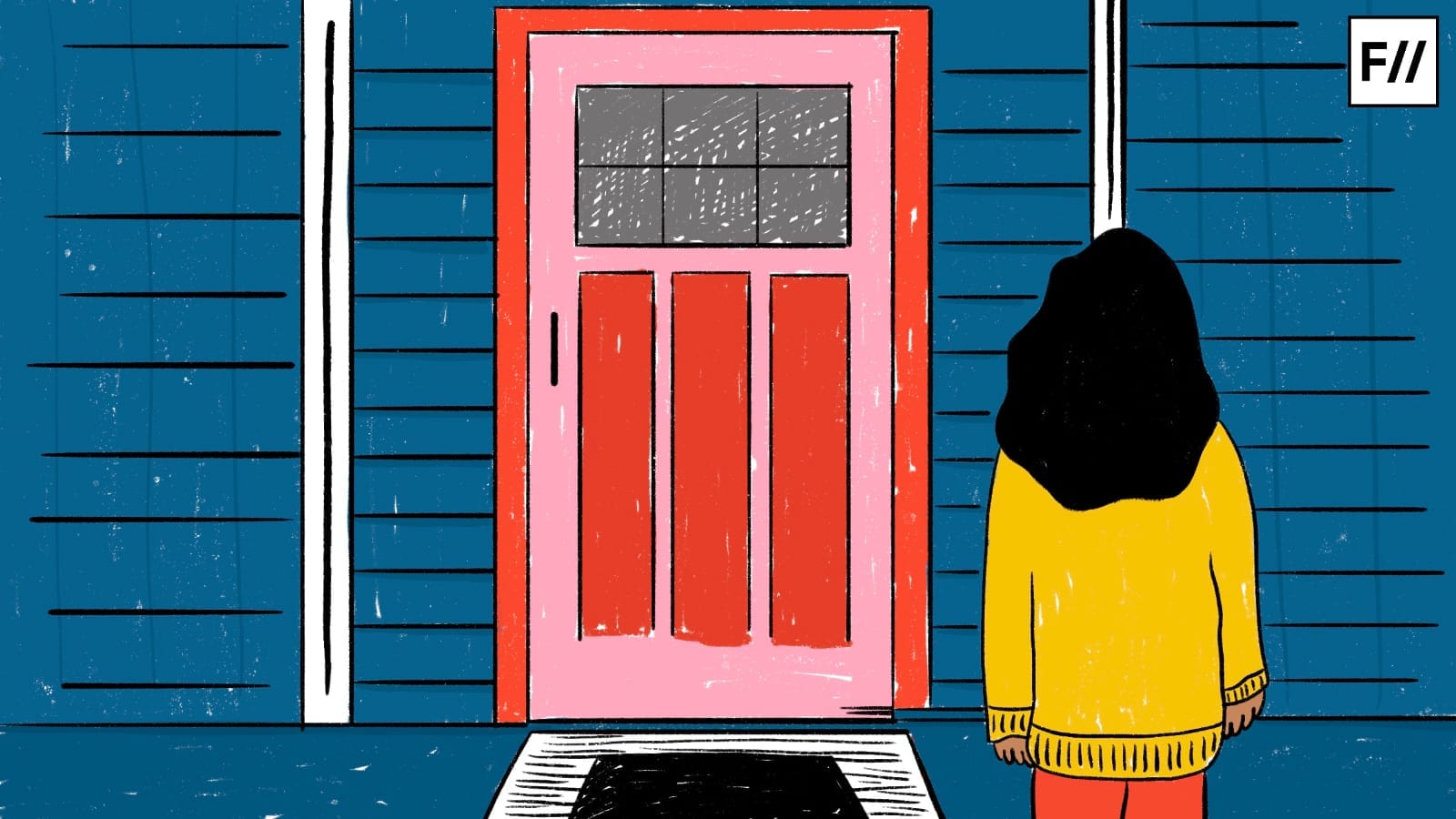The discrimination against Persons with Disabilities (PWDs) is multi-layered because in addition to the biases against them, their disability is also an undesirable characteristic. Locating the disability in the body of the individual and reducing it to a mere impairment also tempts the able-bodied to fix it and eliminate it altogether, due to its supposed undesirability. It is believed that disability causes suffering and pain. Thus, disability is just not seen as a difference but as an undesirable difference.
To illustrate this with example, men, on an average, die at a younger age then women. Further, they cannot reproduce. But being a man is not considered an undesirable difference. Rather, being a man is just considered a difference.
Also read: We Need A State-Led Reproductive Justice Approach That Is Disability-Friendly
A real life example of the undesirability of disability is the prohibition on having disabled children through in-vitro fertilization in the UK. In the Indian context, a manifestation of the same can be seen in how the UP Population Control Bill provides for a two-child norm and a breach of the same can disentitle the couple from availing the benefit of government welfare schemes. However, section 15 of the Bill provides that if a couple has a child with disability, they can breach the two-child norm and have another compensatory child. Just like in the cases of other protective characteristics, there is a systemic bias against individuals but there is no urge to eliminate altogether. For instance, entities are likely to discriminate against women but they would not imagine a world where there are no women and nor would they want to fix women so that become men.
In the ablest imagination, disability is seen as undesirable to the extent that even disabled individuals would want to get rid of their disability, if given a chance to do that. But it is highly unlikely that a woman would like to eliminate their gender to become a man just because they face discrimination and systemic disadvantage by virtue of their identity.
In the ablest imagination, disability is seen as undesirable to the extent that even disabled individual would want to get rid of their disability, if given a chance to do that. But it is highly unlikely that a woman would like to eliminate their gender to become a man or a queer individual would like the eliminate their queerness just because they face discrimination and systemic disadvantage by virtue of their identity.
The fact of the matter however is that many PWDs support disability-prevention efforts. But once they become disabled, it cannot be said that there is a definite wish to be able-bodied again. Some PWDs might long for “cure” but that is not true for all of them. For instance, Emily Ladau argues, “Without my lived experiences as a disabled person, I would be a completely different Emily. And as tough as certain aspects of my life have been, and though I know I will continue to face disability-related challenges throughout my life, I wouldn’t trade my life for a minute.”
The unwillingness to be “normal” again partly stems from the unavailability of cure. Since unrealistic hope can be toxic, so they try keeping themselves away from the temptation of getting a “cure”. Moreover, “cure” is usually a distant dream. However, the external barriers demand constant struggle and compromises from the disabled individuals. Thus, they generally trade off the time and energy that they could spend looking for or imagining a treatment with living with their impairment which includes conscious acceptance of the impairment, developing skill sets to live with the impairment, advocating for RA and other rights and making compromises where RA is not provided. Further, PWDs do not want to constantly struggle to be something that they are not i.e., able bodied and feel inadequate in their present being. Therefore, the obsession for “cure” is in fact, not that pronounced.
Thus, de-emphasizing cures is partly a conscious philosophy of political purpose. But this feeling is not dishonest. It stems from authentic feelings PWDs have about their disabilities and self-worth. Further, PwDs do not want to constantly struggle to be something that they are not i.e., able-bodied and feel inadequate in their present being. Resultantly, they accept their disability as just another state of being. This rebuts the popular misconception that disability is undesirable and a bad difference. For, many see it as another way of living life.
Accepting disability as a desirable difference can radically change our perspective on disability discrimination law which can go a long way in counteracting discrimination against PWDs.
PwDs do not want to constantly struggle to be something that they are not i.e., able-bodied and feel inadequate in their present being. Resultantly, they accept their disability as another state of being. This rebuts the popular misconception that disability is undesirable and a bad difference. For, many see it as another way of living life.
Also read: The Rebellious, Radical Act Of Queer, Disabled Love
Discrimination laws can have two different purposes. One can be to uplift the protected category to ensure their equal participation and integration and at the same time, preserve the diversity. An example can be affirmative action for women, queer individuals and religious minorities that aim at bringing them at par with others and preserving diversity. Some differences are seen as bad differences like caste and race. For these protected characteristics, the aim of laws is usually to integrate the individuals to bring them at par with others and to eliminate the difference altogether in the longer run. The latter approach is justifiable for protective categories like caste and race because They are created by social institutions and not by natural processes and there is no merit in preserving marginalization’s that are artificially constructed by the society.

Impairments on the other hand occur due to natural processes and are beyond the faculties of control of humans. Thus, the former approach should be adopted while deciding the content of disability discrimination. However, such an approach can only internalized by legislators, policy makers, law enforcement authorities and private entities, if disability is accepted as a desirable difference.
The source of disability is external barriers and attitudes and not the bodily impairment of the individual. For instance, if a person using a wheelchair is unable to enter a building, the problem is in the building and not in the individual. Thus, impairments are not undesirable but the artificially constructed barriers are.
Instead of eliminating the impairment or the individual, there is a need to rectify the external institutions and attitudes that cause suffering to the disabled individuals. And all this starts with viewing disability as being an acceptable and desirable difference.
Thus, instead of eliminating the impairment or the individual, there is a need to rectify the external institutions and attitudes that cause suffering to the disabled individuals. And all this starts with viewing disability as being an acceptable and desirable difference.
Featured image source: Alia Sinha
About the author(s)
Anchal is a second year student at national Law school of India University, Bangalore.




